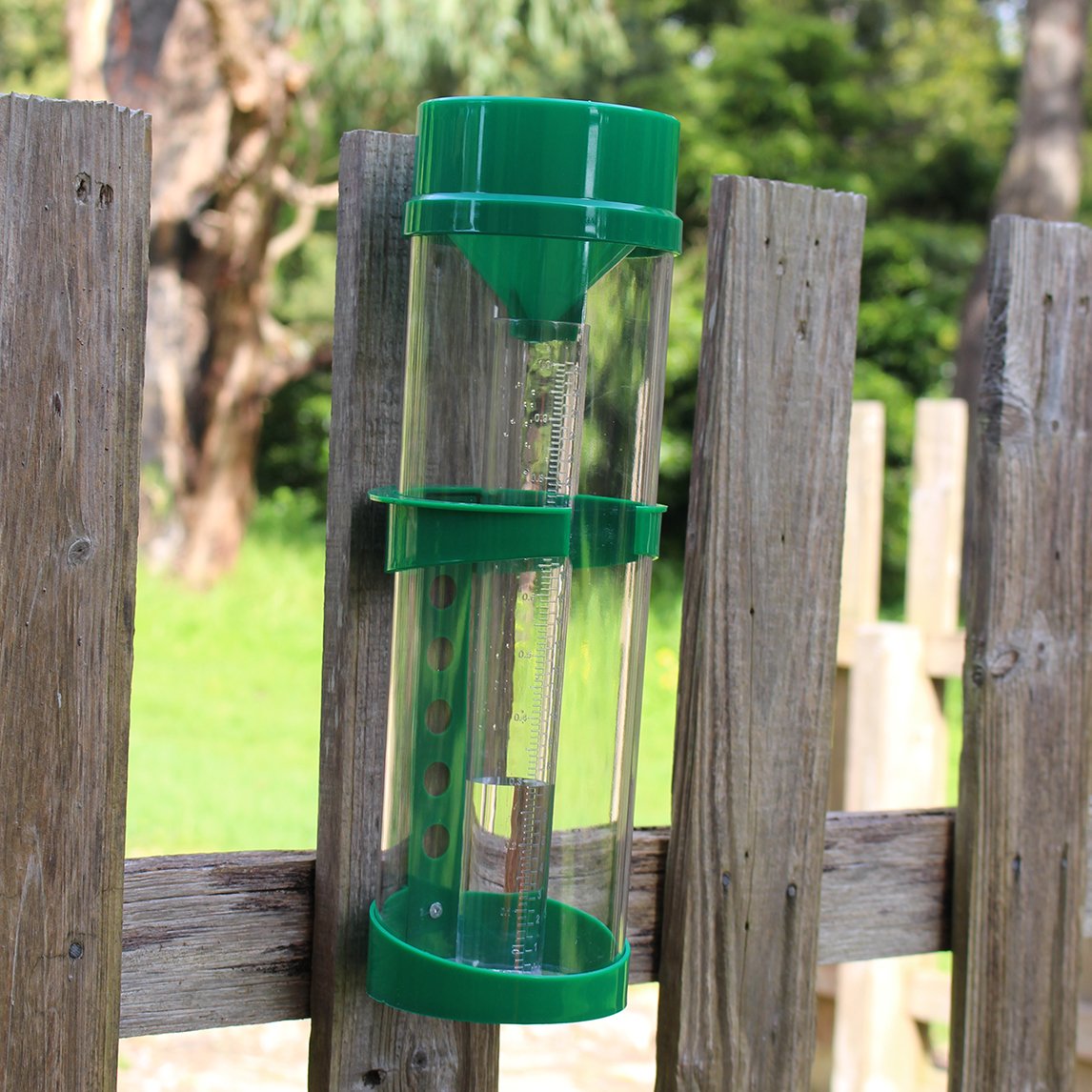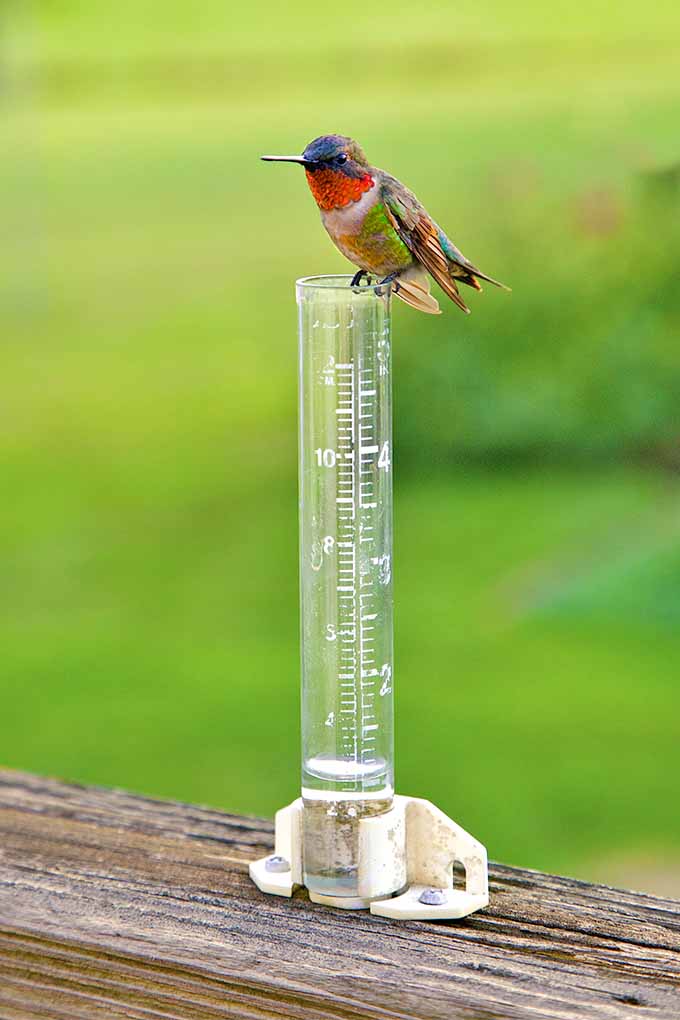How a Rain Gauge Can Improve Your Understanding of Local Climate Patterns
How a Rain Gauge Can Improve Your Understanding of Local Climate Patterns
Blog Article
Revealing the Scientific Research Behind Rain Assesses: How These Tools Play an Important Role in Climate Research and Environmental Tracking
Rain evaluates, seemingly easy tools, hold an extensive value in the realm of climate research and ecological surveillance. As we peel off back the layers of this scientific shroud surrounding rain assesses, we discover a globe where precision, information accuracy, and careful observation assemble to introduce a much deeper understanding of our altering environment and its impact on the world.
Relevance of Rain Gauges
Rain assesses play an essential function in surveillance and determining precipitation degrees, supplying important data for environment study and evaluation. These tools are basic in quantifying the amount of rainfall that occurs in a particular location over a certain duration. By determining and accumulating rainwater, rainfall assesses offer valuable understandings right into the circulation and strength of precipitation, aiding meteorologists, hydrologists, and climatologists in recognizing weather condition patterns and fads.
One of the vital reasons rain assesses are essential is their ability to provide precise and local data. Unlike satellite or radar-based measurements, which use wider observations, rain determines offer accurate info specific to the area where they are placed. This local data is crucial for various applications, including flooding forecasting, drought tracking, and water source monitoring. In addition, lasting data accumulated from rain gauges helps in analyzing environment change influences and patterns, contributing dramatically to scientific research study and decision-making processes. Essentially, rain gauges function as necessary tools in the field of weather forecasting and environmental scientific research, playing a critical role in advancing our understanding of weather condition and climate characteristics.
Sorts Of Rainfall Scales

Functionality and Procedure
In the world of climate study and meteorological studies, the performance of rain assesses lies in their intricate functionality and exact operational mechanisms. Rain gauges are created to precisely measure the amount of rainfall that falls over a certain area throughout a collection period. These tools generally are composed of a funnel that gathers rain and channels it right into a gauging tube. The measuring tube is marked with calibrated measurements that enable the exact metrology of rainfall.
The performance of rainfall gauges is based upon the concept of gathering and determining rain in a standard manner. This gathered article data is critical for recognizing local weather patterns, tracking long-lasting environment fads, and examining ecological impacts. To guarantee precise dimensions, rain assesses requirement to be tactically put in open areas far from blockages such as structures or trees that might hinder the collection process.
The operational aspect of rain determines involves regular maintenance to avoid debris build-up, calibration checks to keep dimension precision, and data taping for evaluation (rain gauge). In general, the performance and operation of rain determines are crucial for collecting trusted precipitation information crucial to environment study and ecological monitoring
Role in Environment Research
Offered the critical significance of exact precipitation dimensions in comprehending weather patterns and environmental effects, the function of rainfall determines in environment research is essential. Rainfall determines give essential information for climate research study by evaluating the quantity of rainfall that tips over a specific location throughout a given period. This data is important for keeping track of lasting fads in rainfall patterns, evaluating the influence of environment change on rains circulation, and boosting environment versions.

Environment scientists make use of Visit Website information accumulated from rain evaluates to examine variations in rainfall levels, recognize local climate patterns, and review the efficiency of water resource administration strategies. By comparing historical rainfall information with present measurements, researchers can identify changes in rainfall patterns, such as modifications in the frequency or strength of rainfall events. This info is vital for recognizing just how environment modification is influencing precipitation characteristics and can assist policymakers make notified decisions regarding adjustment and mitigation approaches.
Applications in Environmental Monitoring

In flooding projecting, rainfall gauge information assists to track rainfall strength and distribution, enabling authorities to release timely cautions and take necessary measures to mitigate flooding dangers (rain gauge). Dry spell tracking depends on rain scale data to analyze moisture degrees in the dirt and track rainfall deficits, aiding in the identification of drought-prone locations and the implementation of dry spell feedback strategies
In addition, rainfall gauge information plays a vital function in water source management by providing details on water availability and usage trends. Furthermore, in farming, rain scale data assists farmers in optimizing irrigation schedules, plant option, and general farm administration techniques based on regional precipitation patterns.
Conclusion
In final thought, rainfall determines are important tools for gauging rainfall, giving valuable information for environment research study and environmental surveillance. With various types and functionalities, rainfall assesses play a crucial function in recognizing rainfall patterns and their influence on the environment. By accurately measuring rains, these devices contribute to the improvement of scientific expertise and aid in making notified choices pertaining to water source management and disaster readiness.
Rainfall determines play a vital role in monitoring and measuring rainfall degrees, supplying vital information for climate research and evaluation. The standard rainfall gauge, recognized as the "tipping pail" gauge, is one of the most typically utilized tools. Ultrasonic rain assesses usage sound waves to spot the presence of rain, providing real-time data on rainfall levels.Climate scientists make use of information gathered from rainfall gauges to evaluate variants in rainfall degrees, identify local climate fads, and examine the effectiveness of water source administration approaches.In final thought, rainfall evaluates are necessary devices for measuring rainfall, providing valuable information for climate study and environmental surveillance.
Report this page